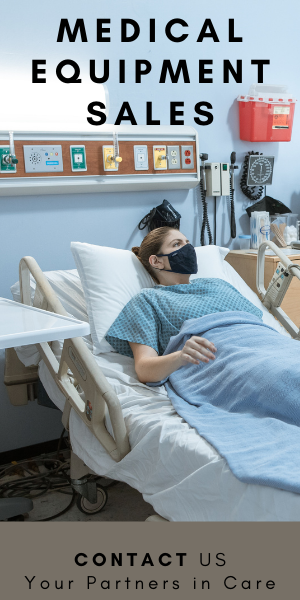Cosmetic surgery is one of the specialisations available in the industry of plastic surgery. Its uniqueness is defined by its purpose; improving one’s physical appearance. The goal of cosmetic surgery is to make it more aesthetically appealing. Cosmetic surgery may be used to rectify undesirable parts of the body, for example using dermal fillers to tackle wrinkles that appear as we age.
In Australia, the practice of cosmetic surgery is growing, even though it still struggles to secure a socially accepted place in our culture. In addition, there are also challenges related to the quality and practice of these services. As some practitioners are better than others, this contributes to conflicting opinions about the industry. There are also disagreements about how cosmetic surgery should be defined, what sector does it belong to? Some have described the practice as something between a retail business and health service. In a Public Consultation Paper and Regulation Impact Statement, the Australian Society of Plastic Surgeons (ASPS) indicates that one challenge in cosmetic surgery practice in the county is that individuals who are not surgeons have appropriated the field of practice without qualifying as Fellows of the Royal Australasian College of Surgeons (RACS). This fact justifies our focus on the requirements for opening a cosmetic surgery practice in Australia. The issues stated above highlight the importance of training and meeting certain requirements and legal procedures in order to legally and successfully open a surgery clinic.
Training requirements for cosmetic surgeons in Australia
Since cosmetic surgeons are part of the broad category of plastic surgeons, they are required to take an additional seven years of specialized training after completing medical school, for example, one could specialise in breast implant replacements. Five of these seven years entail a plastic surgery training programme that allows a practitioner to be recognised as a Fellow of the Royal Australian College of Surgeons.
To maintain a Fellowship with RACS, plastic surgeons are also expected to undergo a rigorous cycle of professional development, which includes clinical audits. Surgeons develop specific expertise in the area of specialisation (including cosmetic surgery) through supervised practice and rigorous education in post-fellowship cycles. These can be done in or out of the country. Competence in these areas of practice is monitored and preserved through audit, review and in-service education. The implication is that a surgeon who opens the cosmetic surgery practice adheres to these training requirements.
Adhering to legal procedures and requisites
Legal procedures and requisites integrate a number of elements: registering your practice, obtaining insurance, and maintaining hygienic standards.
Registering your practise entails acquiring an Australian Business Number. This may either be a single owner, a partnership, or a company. A financial liability is limited for individuals (especially if they should find themselves in debt), so most health practitioners will go for the company option. Your choice of the type of business also affects your personal liability, income and tax assessment. Legal requisites also include registering trademarks and notifying the local government about your practice.
Your practice also needs to be insured. There are two elements to this: covering for equipment damage or loss and professional indemnity insurance. The latter protects you if clients or third parties make claims of negligence or breach of duty. This may mean that, following the omission of an employee, a client gets injured or incurs losses. Professional indemnity insurance will shield you from paying enormous legal costs or losing your license of practice. Talking to an insurance lawyer is always advised when making decisions on professional indemnity insurance.
When it comes to hygiene and cleanliness standards, your practice must put in place adequate structures and measures to prevent disease and infections. This means adhering to government guidelines for hygiene standards when operating a cosmetic clinic, including setting a place with a sink and soap in the premises, sterilisation of the instruments used in surgery, and other general disease and infection control measures.
In summary, your professional qualification for cosmetic surgery practices should be complemented by adherence to legal standards and requisites of registration, insurance, and hygiene and cleanliness standards.




